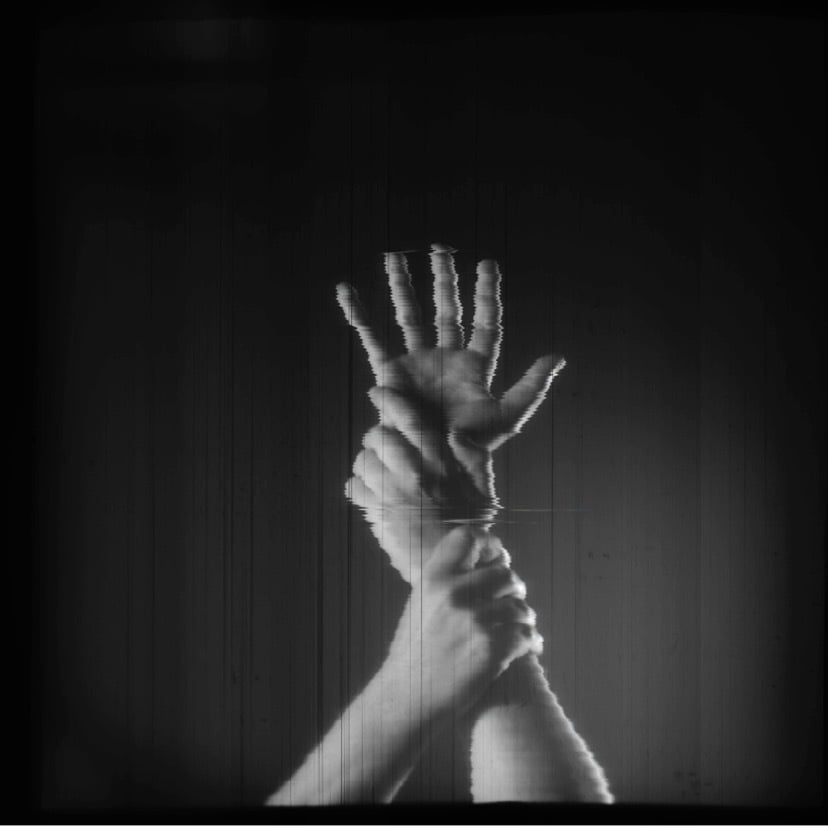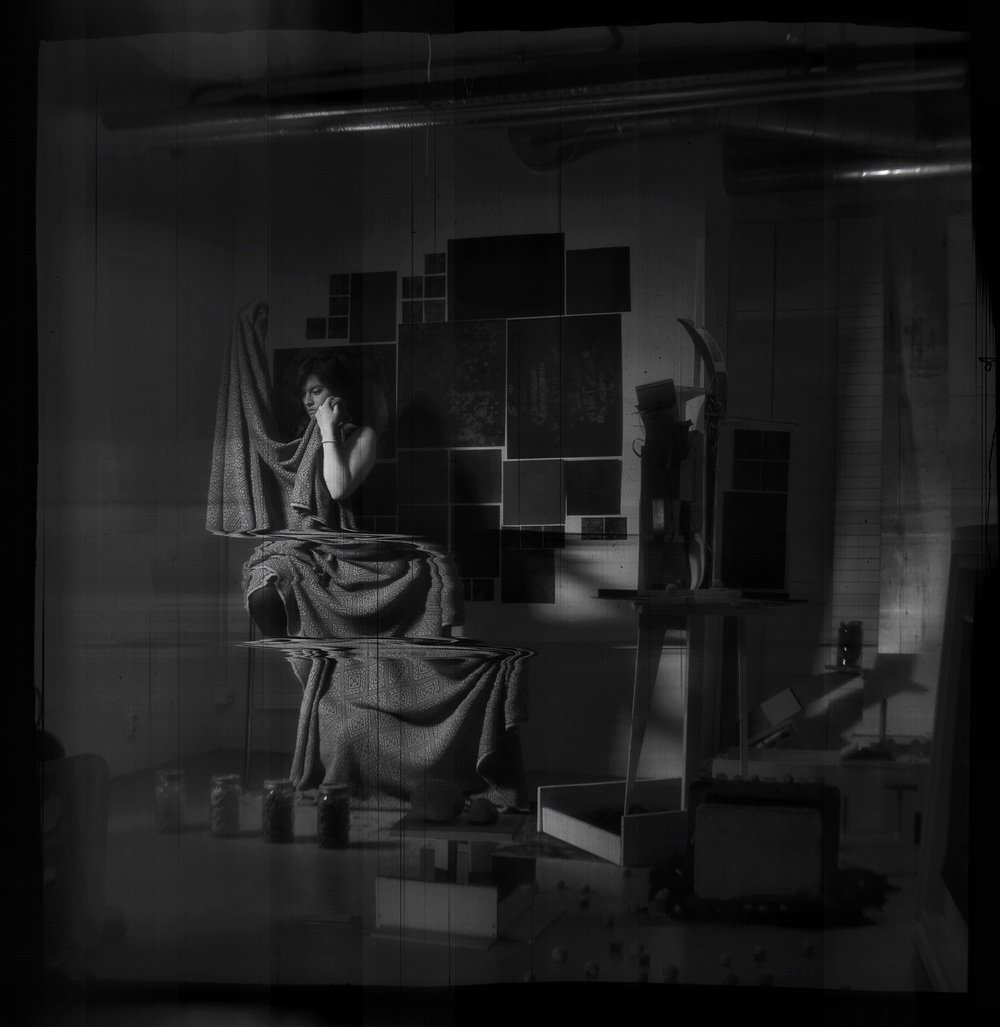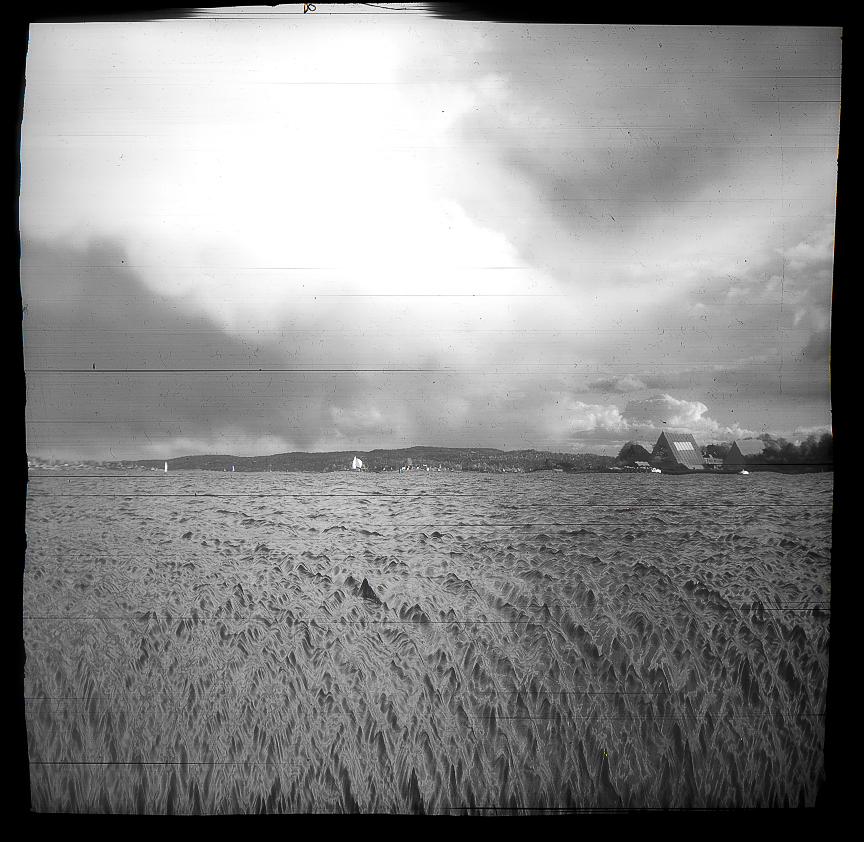Hi!
I’ve only ever managed to get the lide30 to play nice. I have destroyed one 110 and two 220-scanners in my efforts to build a more versatile rig.
What happens if you drop the prism back in?
I’ve also speculated about there being som calibration and automatic gain control going on in these newer models. I believe it could be used to normalize the values coming off of the individual sensor segments.
On my latest attempt at a 220 scanner, I actually built a small dimmable LED circuit that I attached externally to try and influence the calibration I thought was happening, but there was a disappointing lack of results. Come to think of it, I still have that rig laying around somewhere, and the experiment may have been flawed, I’ll have a look next time I’m at my workshop. I’ll let you know what I find.
I know that rig is at least functional, as objects placed directly onto the glass renders crude shadows on the scans.
That’s the long answer, the short answer is no, I don’t have any tips, maybe aside from working on fooling the possible calibration somehow.






Thats really Cool! Thanks for letting me know, this might be the impetus I needed to go back to working on the 220 camera!